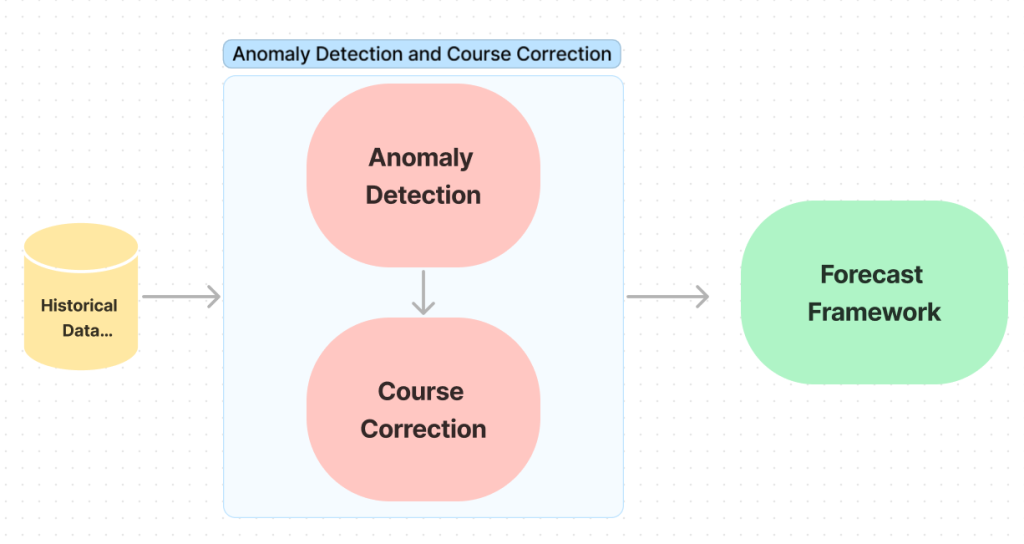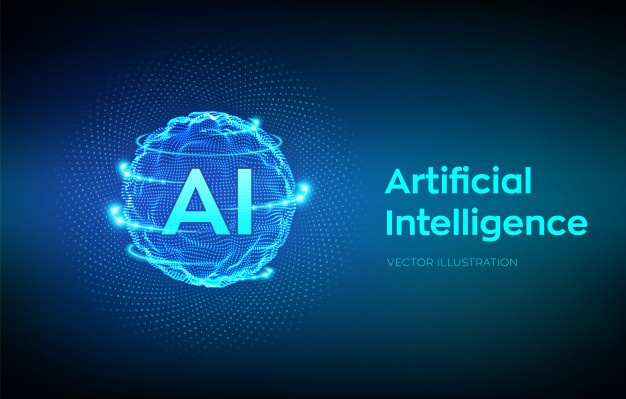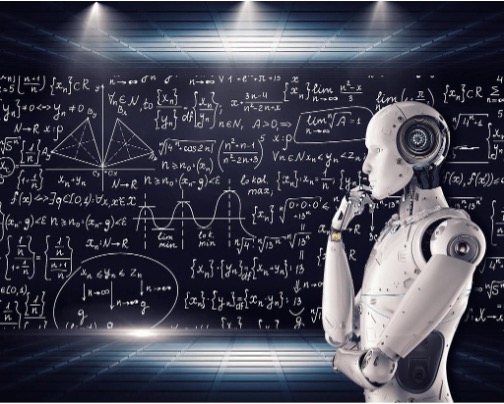What is Demand Forecasting and how it helps a Business?
3AI July 27, 2023

Featured Article:
Author: Soutrik Chowdhury & Sreedhar Sambamoorti, AB InBev
Demand forecasting is the estimation of a probable future demand for a product or services based on historical trends, seasonal patterns and taking both internal and external factors into consideration
Demand forecasting is crucial for activities such as supply planning, product manufacturing planning, and financial planning. The goal is to understand customer demands and fulfill them efficiently. Accurate forecasting helps predict customer behavior, meet demands confidently, and reduce lead times.
Improving supply planning accuracy saves costs like warehouse storage, shipping, and product wastage. Forecasting hardware demand is particularly important for supply planning. Even small improvements in demand forecasts can yield significant efficiency gains and cost savings, optimizing resource utilization.
However, businesses often struggle to determine when to apply forecasting due to the complexity of workflows and interdependencies among parameters. Machine learning offers an ideal solution by automating demand forecasting and planning. Machine learning algorithms analyze data, identify patterns, and generate accurate forecasts, enabling informed decision-making and operational efficiency.
By leveraging machine learning, businesses enhance demand forecasting and planning, leading to improved resource allocation, better inventory management, and enhanced customer satisfaction. Automated forecasting enables proactive response to market fluctuations, adaptation to customer preferences, and staying ahead of competitors in a dynamic business landscape.
How can Advanced Statistical and ML model help as against Scenario based forecasting?
Traditional business approaches rely on analyzing historical data to predict future trends. However, this approach faces several challenges:
- Dependency and Scalability: Human-derived processes often have a high degree of dependency, relying on manual intervention and subjective decision-making. This makes the forecasting process non-scalable, especially when dealing with large datasets or complex business environments.
- Potential for Errors: Manual analysis of data introduces the risk of human errors, such as overlooking important factors, misinterpreting information, or making flawed assumptions. These errors can significantly impact the accuracy of the forecasts and lead to poor decision-making.
Beneficial Effects of ML models
To overcome these challenges, businesses can leverage advanced technologies and techniques such as machine learning and automated data analysis. By utilizing these tools, businesses can:
- Enhance Scalability: Machine learning algorithms can process vast amounts of data quickly and efficiently, enabling scalable forecasting processes. Automation reduces the dependency on manual labor, allowing businesses to handle larger datasets and complex scenarios more effectively.
- Improve Accuracy: Machine learning algorithms are designed to identify patterns, trends, and correlations within data, providing more accurate and reliable forecasts. Automated analysis reduces the likelihood of human errors, ensuring that decisions are based on objective and data-driven insights
By adopting these advanced approaches, businesses can overcome the limitations of traditional forecasting methods, achieve greater scalability, and improve the accuracy of their future estimates. This enables them to make more informed decisions, optimize resource allocation, and stay competitive in an ever-changing business landscape.
The application of ML models in forecasting brings forth its own set of expectations and challenges, which can be broadly categorized as follows:
- Data Collection and Maintenance: ML algorithms heavily rely on historical data, encompassing both quantitative and qualitative aspects. Availability of high-quality and comprehensive data plays a crucial role in training accurate models. Challenges may arise in terms of data quality, consistency, completeness, and the need for data preprocessing and cleansing.
- Infrastructure: ML algorithms require optimized and scalable cloud infrastructure to operate at their highest standard. Setting up and maintaining such infrastructure can involve significant costs, including computing resources, storage, and data processing capabilities. Ensuring the availability of robust and efficient infrastructure becomes essential for deploying ML models effectively.
- Integration with Existing Systems: Integrating ML models with existing forecasting systems can be complex, particularly when dealing with intricate and customized systems. This integration challenge may hinder the adoption and implementation of ML models, requiring additional efforts and resources to ensure seamless compatibility with the existing infrastructure.
Unlocking the true power of scalable ML forecasting: Our team in Ab-Inbev takes the lead
The team, while working on various forecasting use cases, has identified three essential elements that contribute to a scalable and effective forecasting platform:
- Data Cleansing Block: The accuracy of the forecasting process heavily relies on historical data. However, when dealing with noisy data and frequent intermittent, the quality of results can suffer. To tackle this issue, our team prioritizes the Data Cleansing Block. We employ techniques such as Anomaly Detection and Course Correction, which utilize a suite of advanced techniques to address this problem. By applying these methods, we ensure that the forecasting platform operates with clean and reliable data.

- Multi-Framework Local Forecasting Pipeline: Local forecasting techniques continue to be widely used due to their consistent results and lower overhead. To provide the best predictions, we have bundled together popular advanced mathematical models such as Arima(X), Sarima(X), Prophet, GAM, and TES. Our team has developed a cross-platform application that standardizes the utilization of different open-source packages like Darts/Sktime, streamlining the forecasting process into a single unit.
Furthermore, we have placed a strong emphasis on overcoming the main challenges associated with local forecasting techniques, particularly operational time. By leveraging frameworks like Joblib and Dask, we effectively parallelize prediction states, significantly improving the efficiency of local forecasting.
- Forecasting at Scale: In scenarios where there are vast combinations of products and stores, employing local forecasting techniques may become infeasible or highly require compute-intensive infrastructure, making it cost-ineffective. To address this challenge, our team has introduced the concept of Temporal Regression. This approach focuses on predicting future estimates for similar products using tree-based models such as Light Gradient Boosting (LGB) and Xtreme Boosting (Xgboost) algorithms. To support this, we have developed our proprietary framework that encompasses three key aspects:
- Grouping of Similar Sku/Product: We identify and group together similar products that are meant to be trained together. By grouping these products, we can leverage their similarities to enhance the accuracy and efficiency of the forecasting process.
- Comprehensive and Fully Automated Feature Engineering Framework: We have implemented a feature engineering framework that automates the generation of comprehensive features required for accurate predictions. This framework extracts meaningful information from the data and transforms it into relevant features, eliminating the need for manual feature engineering and saving valuable time and effort.
- Best-Tuned Model Training and Prediction Framework: We have designed a framework that facilitates the training and prediction of models using the best-tuned parameters. Through extensive experimentation and optimization, we ensure that our models are trained to their highest potential, resulting in accurate forecasts.
All the above steps are seamlessly integrated into our forecasting pipeline, which has been optimized to deliver forecasts within a very short time frame. This optimization allows us to provide timely and reliable forecasts, making it an indispensable weapon in our forecasting arsenal.
By leveraging the power of Temporal Regression, along with advanced tree-based algorithms, automated feature engineering, and best-tuned models, our scalable forecasting platform caters to large-scale forecasting requirements while maintaining accuracy and efficiency.
https://unit8co.github.io/dart
Our forecasting pipeline, optimized to deliver forecasts within a short time frame, empowers businesses with timely and reliable predictions. Whether it’s for localized forecasting needs or large-scale forecasting requirements, our platform provides accuracy, scalability, and efficiency.By harnessing the power of advanced mathematical models, tree-based algorithms, and automated feature engineering, our forecasting platform equips businesses with the tools they need to make informed decisions, enhance planning, and optimize operations.
Disclaimer – This is the personal view of the author based on the experience while working with AB INBEV GCC Services India Private Limited (“GCC or ABI”) and hereby shared for your reference only. No Warranties, Promises and/or representation of any kind, expressed or implied, are given as to the nature, standard, accuracy or otherwise of the information provided in this article nor to the suitability or otherwise of the information to your particular circumstances.
GCC or ABI have no control on the contents of this article and shall not be liable for any loss or damage of whatever nature (direct, indirect, consequential or other) whether arising in contract, tort or otherwise, which may arise as a result from your use of the information in this article and will not accept responsibility for the accuracy of this article.
Reference:
https://lightgbm.readthedocs.io/en/latest/Parameters.html
https://xgboost.readthedocs.io/en/stable/get_started.html
https://unit8co.github.io/darts/
https://sktime.readthedocs.io/en/stable/api_reference.html
Title picture: freepik.com






